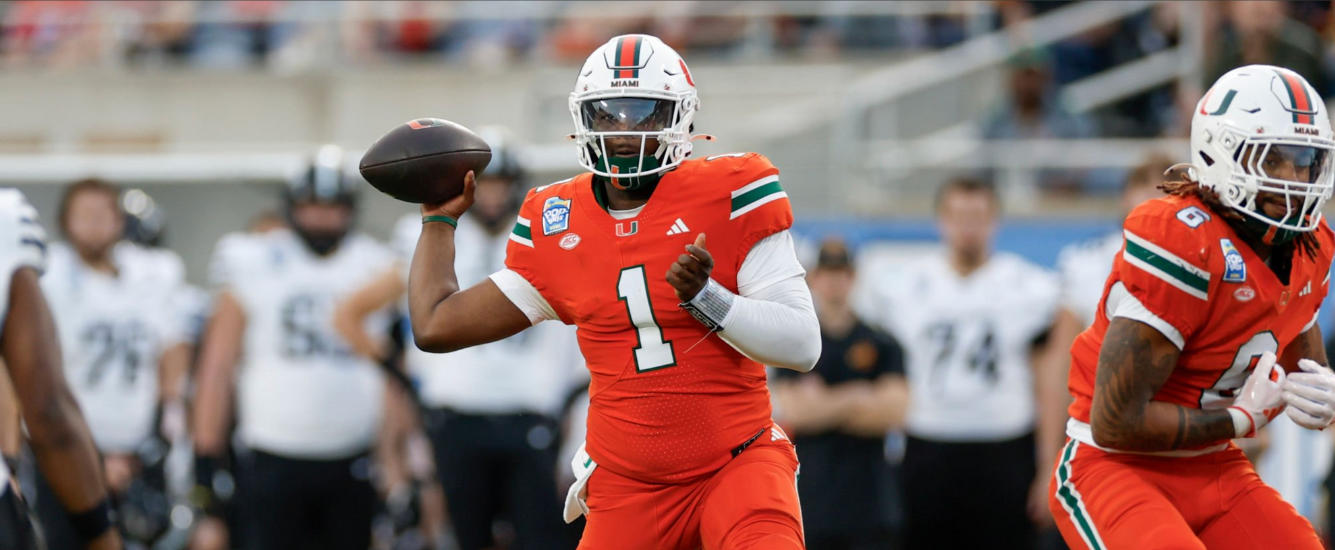The NFL Draft is only hours away, and when it comes we will get our most telling indication of how our favorite prospect’s NFL careers might go. Nothing predicts NFL success better than draft position, in part because nothing determines early NFL opportunity quite like draft position. But just because draft position is the most predictive metric, that doesn’t mean it’s entirely efficient.
What do I mean by that? If the NFL draft were 100% efficient, that would mean it perfectly captured all the signal from a player’s prospect profile. For example, we know that players who gain more total yards in college do well in the NFL. But we also know that players who gain more yards are drafted earlier. They are drafted so much earlier that once we know a player’s draft position, their total yards in college almost don’t matter. (I say almost because while draft position may capture all of the signal over an entire sample of players, on an individual level, metrics like these matter a ton — just ask anyone who drafted Clyde Edwards-Helaire ahead of Jonathan Taylor in rookie drafts.)
The trick then is to find some metrics that the NFL draft doesn’t capture perfectly. Are there any RB metrics among all our advanced stats that can help us beat the reality draft? Are there any that we can more or less ignore, because they are so overvalued in the draft?
But prior to the draft, it’s also helpful to also know which metrics tend to correlate most with draft capital. Which players should we expect to be drafted early and to see early NFL opportunity, and which are more likely to fall to the later rounds (despite perhaps possessing a profile that tends to succeed in fantasy.) Below I’ll list the correlations with draft position and PPR scoring a player’s first two seasons for some of the key RB metrics. I’ll also include some notes about how to interpret what we’re seeing.
How to Project the NFL Draft . . . and then Beat It
In this exercise I’ll be investigating a variety of metrics, including advanced charting stats from Sports Info Solutions like the ones Shawn Siegele used in his Rookie Rankings Series.











